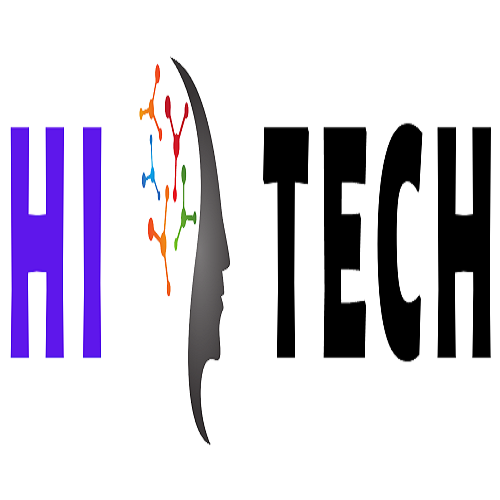Introduction:
A hard drive is a type of storage device that stores digital data
on a magnetic disk. It is commonly used in personal computers, servers, and
other digital devices.
The disk inside a hard drive consists of several platters made of
a magnetic material. Each platter has a read/write head that can access the
data stored on it. The read/write head floats above the platter on a thin
cushion of air created by the spinning motion of the disk.Data is stored on the
platters in small, magnetized areas called sectors. The read/write head can
read or write data by altering the magnetic orientation of the sectors.
Capacity of a Hard
Drive:
The capacity of a hard drive is measured in bytes, with larger
drives having more capacity. The speed of a hard drive is measured in
revolutions per minute (RPM), with faster drives having higher RPMs.
Types of Hard
Drives:
There are two main types of hard drives: mechanical hard drives
(HDDs) and solid-state drives (SSDs). HDDs use the traditional spinning
platters and read/write heads to access data. SSDs, on the other hand, use
flash memory to store data and have no moving parts.
HDDs are typically larger and less expensive than SSDs, but they
are also slower and more prone to mechanical failure. SSDs are faster, more
reliable, and more expensive than HDDs. Hard drives can also be classified
by their interface, which determines how they connect to a computer or other
device. The most common interfaces are SATA, SAS, and SCSI.
SATA:
SATA (Serial ATA) is the most widely used interface for
consumer-grade hard drives. It is a high-speed serial interface that connects
the hard drive to the motherboard of a computer.
SAS:
SAS (Serial Attached SCSI) is a high-speed interface used
primarily in enterprise-level servers and storage systems. It offers faster
data transfer rates and more robust error detection and correction than SATA.
SCSI:
SCSI (Small Computer System Interface) is an older interface used
primarily in high-performance servers and workstations. It has been largely
replaced by SAS and SATA.
Platter density: The amount of data that can be stored on a hard
drive depends on the density of the magnetic storage on the platters. As
platter density increases, hard drives can store more data in a smaller space.
Disk fragmentation: As data is written and deleted on a hard drive,
it can become fragmented, meaning that parts of files are scattered across
different locations on the disk. This can slow down access times because the
read/write head has to search for all the parts of the file. Defragmentation is
the process of rearranging the data on the disk so that files are stored in
contiguous blocks, which can improve performance.
Cache: A hard drive's cache is a small amount of fast
memory that is used to temporarily store frequently accessed data. When a
program requests data from the hard drive, the cache can speed up the response
time because the data is already stored in the cache.
Error correction: Because hard drives are susceptible to errors,
they use a variety of error correction techniques to ensure that data is
accurately read and written. These techniques include parity checking, cyclic
redundancy checking (CRC), and error correction codes (ECC).
S.M.A.R.T. monitoring: S.M.A.R.T. (Self-Monitoring, Analysis, and
Reporting Technology) is a system that monitors the health of a hard drive and
reports any potential problems. This can help users detect and prevent hard
drive failure before it occurs.
RAID: RAID (Redundant Array of Independent Disks) is
a technology that uses multiple hard drives to improve performance,
reliability, or both. Different RAID levels offer different combinations of
speed and redundancy, depending on the needs of the user.
Disk encryption: Hard drives can be encrypted to protect data
from unauthorized access. This can be done using software encryption, which
encrypts data before it is written to the disk, or hardware encryption, which
uses a dedicated processor on the hard drive to perform encryption.
Hybrid drives: Hybrid drives combine the speed of an SSD with
the storage capacity of an HDD. They use a small amount of flash memory as a
cache for frequently accessed data, while storing less frequently accessed data
on the hard drive. This can provide faster performance than an HDD alone, while
still offering a large storage capacity.
Conclusion:
In conclusion, hard drive technology has evolved significantly
over the years, and there are many factors to consider when choosing a hard
drive for your computer or other device. Factors such as capacity, speed,
reliability, and security are all important, as are emerging technologies like
hybrid drives and solid-state drives. By understanding the technology behind
hard drives, users can make informed decisions when selecting the right storage
solution for their needs.








0 Comments